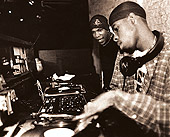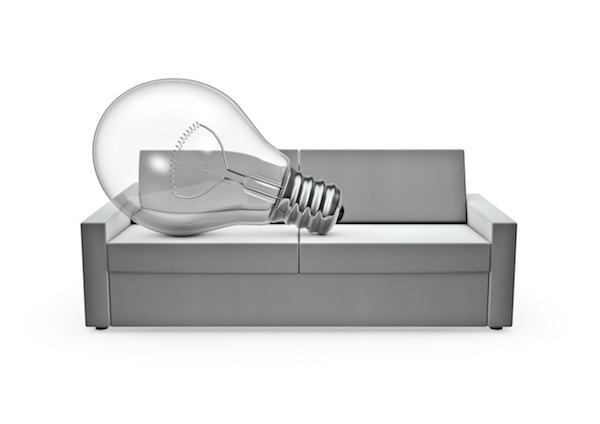
THURSDAY, Nov. 15 (HealthDay News) — Unique patterns of brain activity occur when rappers spontaneously improvise lyrics, a technique known as freestyling.
That’s the finding of a study that included 12 freestyle rap artists who had at least five years of rapping experience. The results were published online Nov. 15 in the journal Scientific Reports.
Researchers used functional MRI to monitor the rappers’ brain activity while they performed a well-rehearsed set of lyrics and while they improvised lyrics and rhythmic patterns.
During the freestyle rapping, there was increased activity in an area of the brain that is responsible for motivation of thought and action (called the medial prefrontal cortex). At the same time, there was decreased activity in brain regions that normally play a supervisory or monitoring role (dorsolateral prefrontal regions).
These shifts in brain function may promote the free expression of thoughts and words without the usual neural constraints, according to the researchers at the U.S. National Institute on Deafness and Other Communication Disorders (NIDCD).
The investigators also found that freestyling increased activity in the perisylvian system (involved in language production), the amygdala (involved in emotion) and cingulate motor areas. This suggests that improvisation engages a brain network that links motivation, language mood and action, the researchers, led by Siyuan Liu, explained in a NIDCD news release.
Further research of this brain network’s involvement in other art forms that feature the innovative use of language, such as poetry and storytelling, could help improve understanding about the initial, improvisatory phase of the creative process, the study authors suggested.
More information
Your Amazing Brain offers a look inside your brain.

